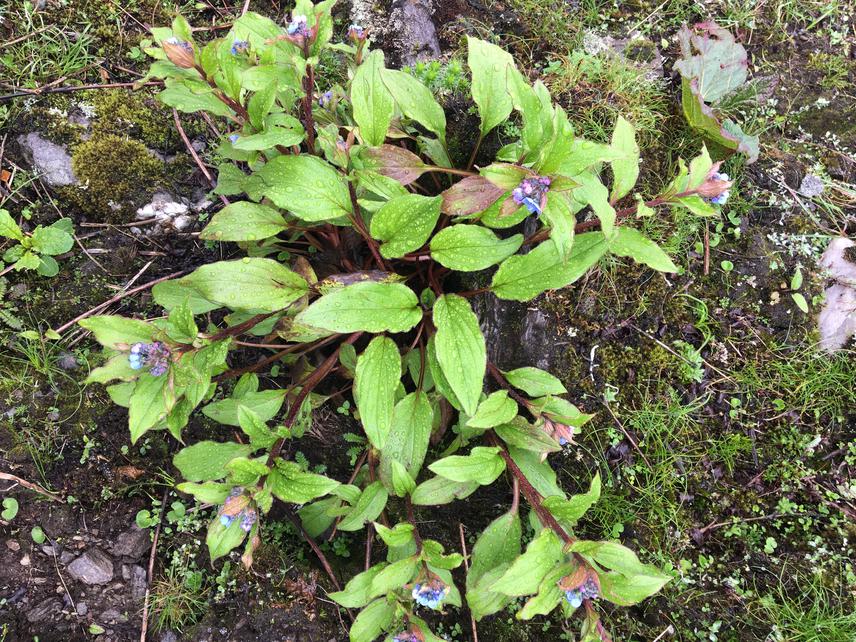Rinchen Dorji
My project aims to study the diversity and ethnobotanical use of ferns in western Bhutan. It is geared towards educating and the scientific communities and researchers on fern diversity through pictorial guides and herbarium specimens.

High Altitude Fern species.
Ferns are important sources of food for both wild animals and humans. Suite of wild herbivores, mostly the wild pig (Sus scrofa), sambar deer (Rusa unicolor), and barking deer (Muntiacus muntjak) feed on ferns which serve as their main or supplemental diet during particular seasons. These ungulates, in turn, are important food sources for the endangered predators such as the tiger (Panthera tigris) and dhole (Cuon alpinus) and vulnerable predators such as the common leopard (Panthera pardus). Ferns are also believed to provide shelter for many species of birds, amphibians, and reptiles. They also play very important role in maintaining the soil nutrient and moisture content. Besides, many people in Bhutan continue to harvest wild ferns for domestic consumption and sale in the markets. In fact, Bhutanese have been reaping the benefits of ecosystem services from the country's wealth of biodiversity since time immemorial.
However, there is very scanty documentation of the diversity and local usage of ferns in Bhutan. The conservation status of many fern species is not known, and it is possible that some of the species could be pushed to local and global endangerment. Due to absence of empirical data on ferns, scientific management plans to conserve ferns are yet to be developed. Through this project, I intend to develop empirical database on ferns in western Bhutan, in terms of their diversity and ethnobotanical uses.
I will carry out systematic exploration of fern species through line transect surveys along the environmental gradients such as elevation, slope, aspects, and vegetation types. I will also investigate how these factors in concert with human disturbances affect fern occurrence and diversity. Adequate specimens of fern species will be collected for digital archiving as well as herbarium specimen mounting. Using these materials as references, the local people will be interviewed on the usage of the fern species for domestic and commercial purposes.
An educational booklet on ferns will be prepared and will be circulated among the relevant stakeholders, including the policy makers, resource conservationists, and scientific communities. The herbarium mounts of the ferns will be deposited at the National Herbarium which is administered by the National Biodiversity Centre of the Ministry of Agriculture and Forests, Bhutan.
My study on ferns will pave the way for comprehensive species listing of plants and their scientific management in Bhutan, and it shall stimulate further studies on ferns in the near future.